Cable drums come in different sizes and weights, and can be difficult to handle on site. It is important to follow the recommended guidance on the handling and storing of cable.
Drum handling
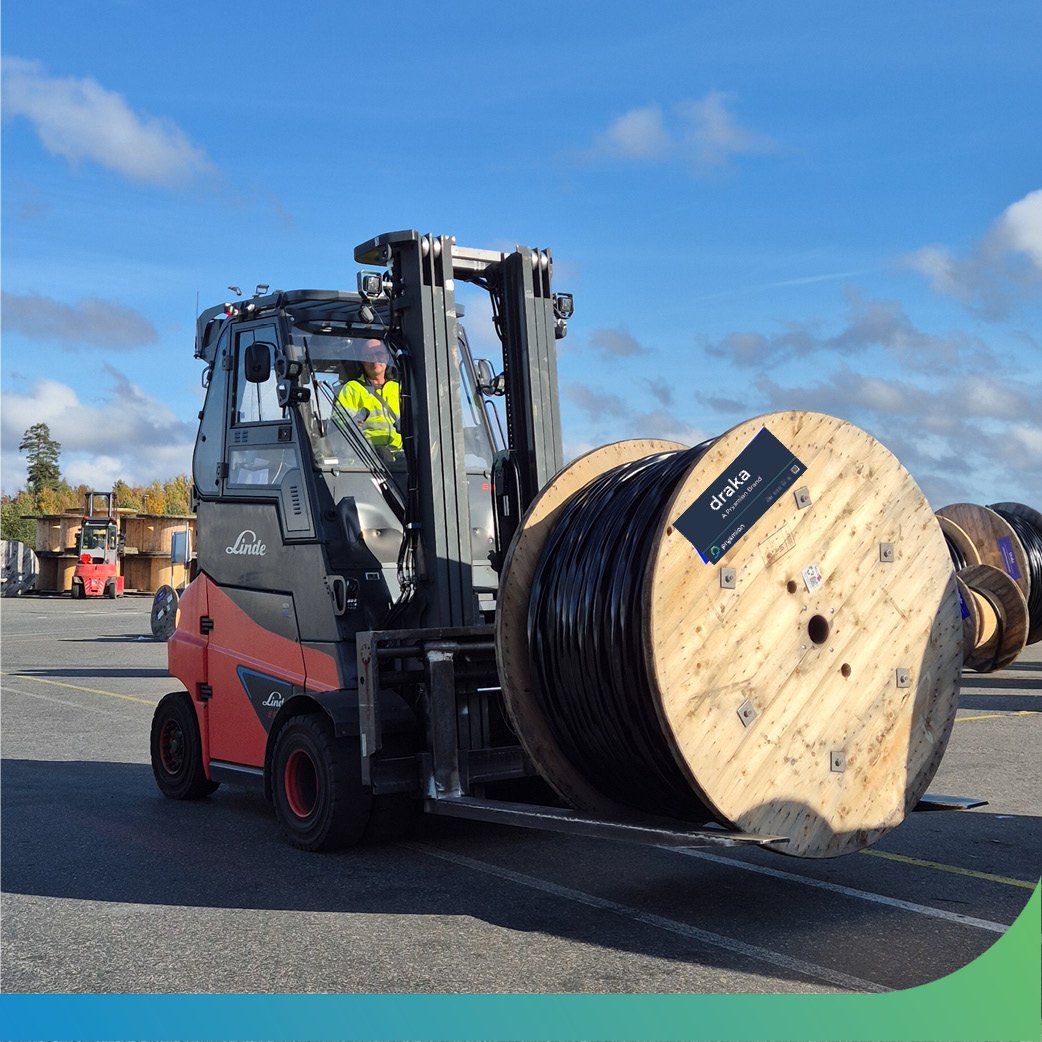
Lifting of cable drums
Cable drums must be lifted using a crane or forklift. Straps, forks or the like must not be in contact with the cable.
It is essential that that lifting is only made with contact to the wooden drum. The cable must not be subjected to any stress from the handling.
When lowering or lifting the drum, the truck or cane should be stationary to avoid damage to the cable. The truck forks must lift with both forks and be in contact with both drum flanges.
When lifting large or heavy drums using a lifting crane, it is important that the straps are attached to an axel that passes through the center hole. When using short straps, a spreading beam must be used to avoid damaging the drum flanges. It is not recommended to use wire instead of an axel through the center holes. Wire can damage the center hole of the drum.

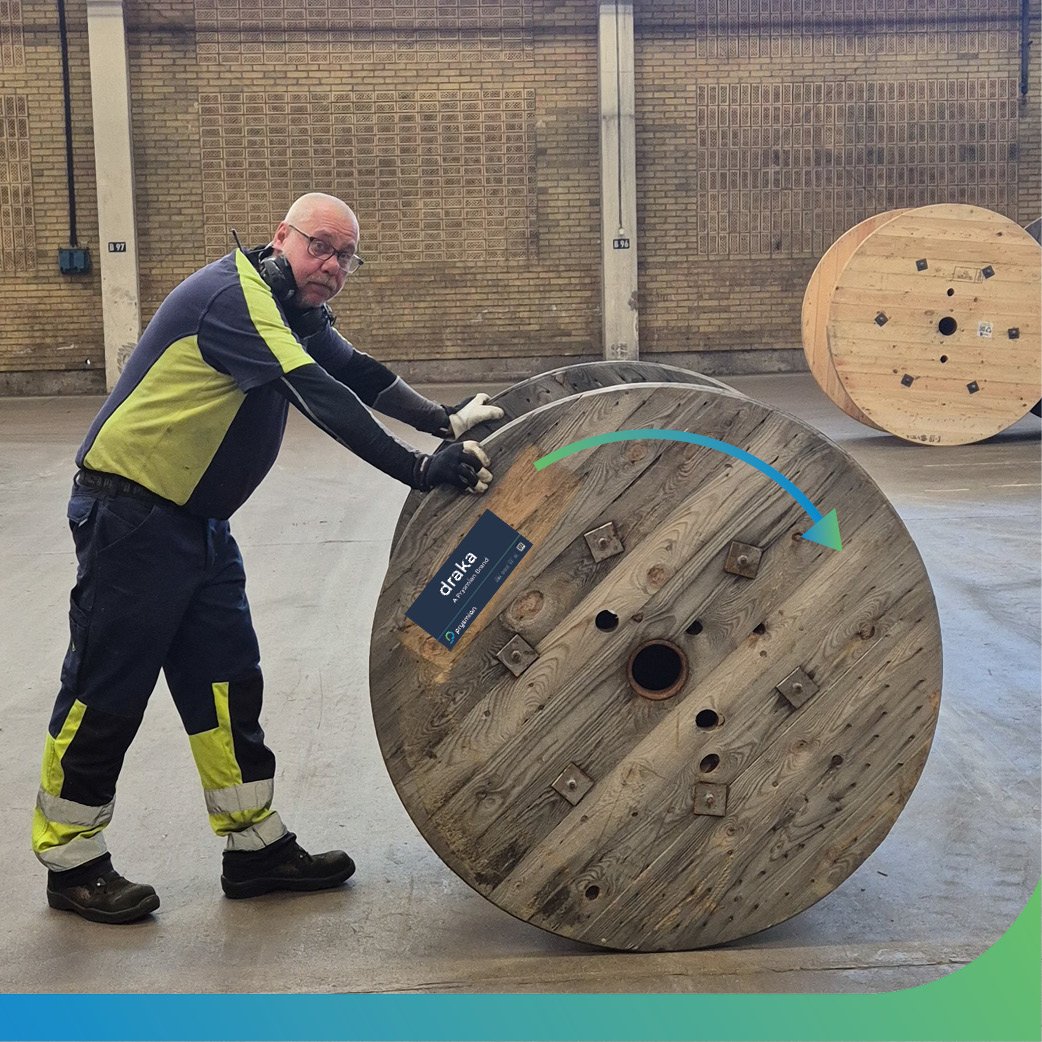
Rolling
Drums may only be rolled over short distances. If the drum needs to be rolled a longer distance, this must be done in a specific rolling direction. Imagine an arrowhead on the end of the cable sticking out through the drumhead.

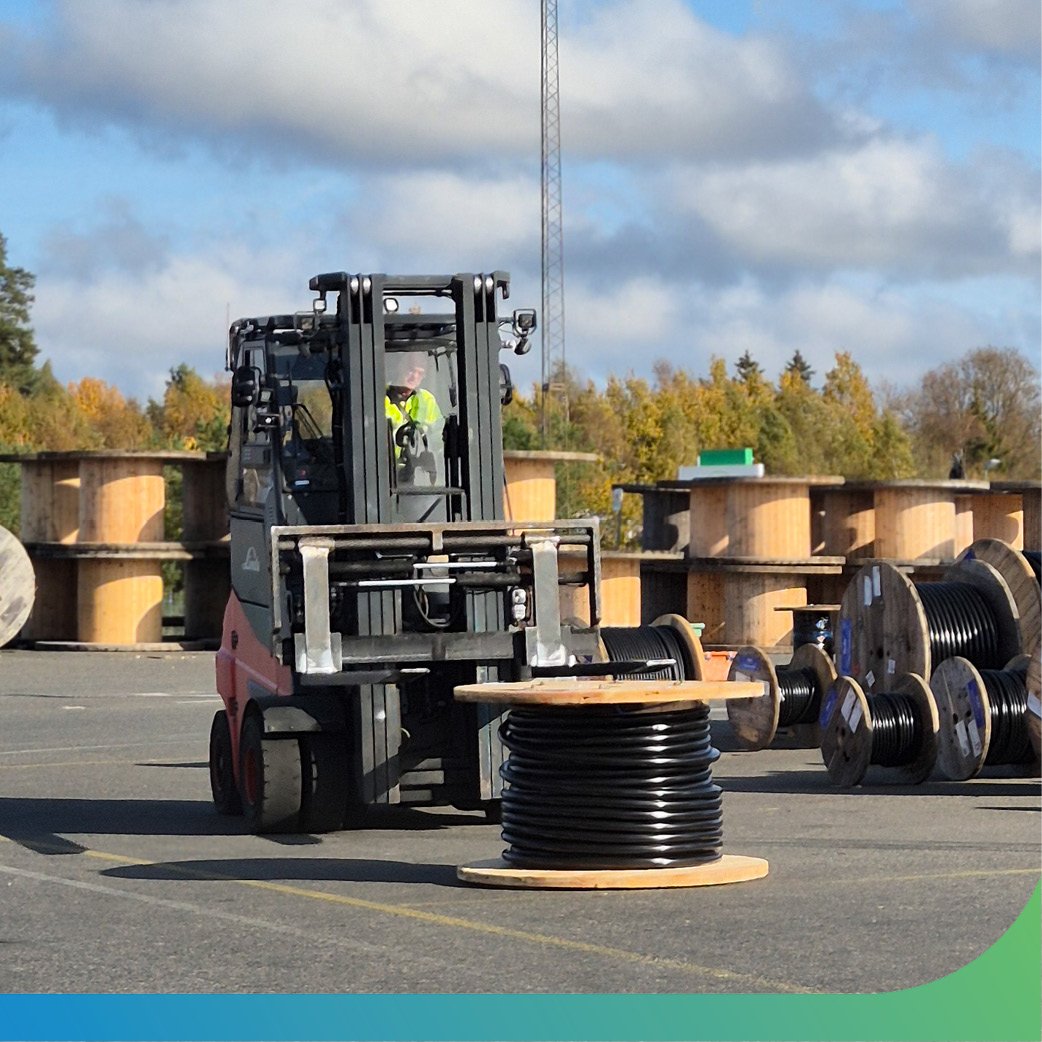
Turning and lifting the drum
Turing the vertical drums to horizontal is only recommended within the drum range K5-K14. However drums classified as K10-K14, it is not recommended for drums to be overturned if the weight exceeds 500kg for K10, 550kg for K11, 625kg for K12 and 700kg for K14.
Once turned, the drum will need to be lifted from the flange, it is only recommended to turn the drum when the flange has enough free space to accommodate the forks of the forklift and not come in contact with the cable.

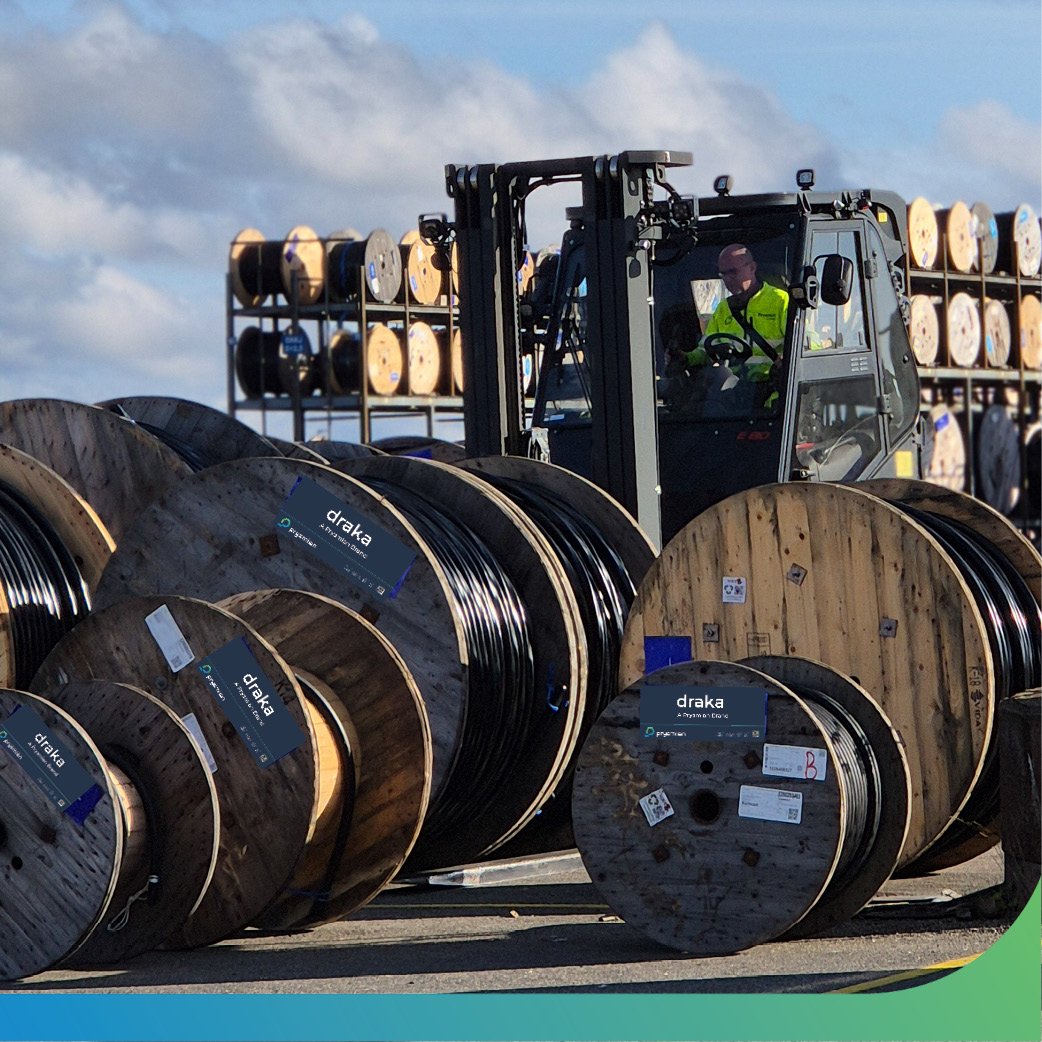
Storage
All products must be stored and handled in order to reduce the risk of damage or degradation to the cable. The product specific requirements must always be followed. It is recommended that all drums of size K14 and larger, as well as all drums with fiber cables, should always be stored upright on their ends.
Drums size K12 and smaller are recommended to be transported on pallets. Cables are stored inside or outside depending on the product requirements. Cable in cardboard must always be stored indoors.

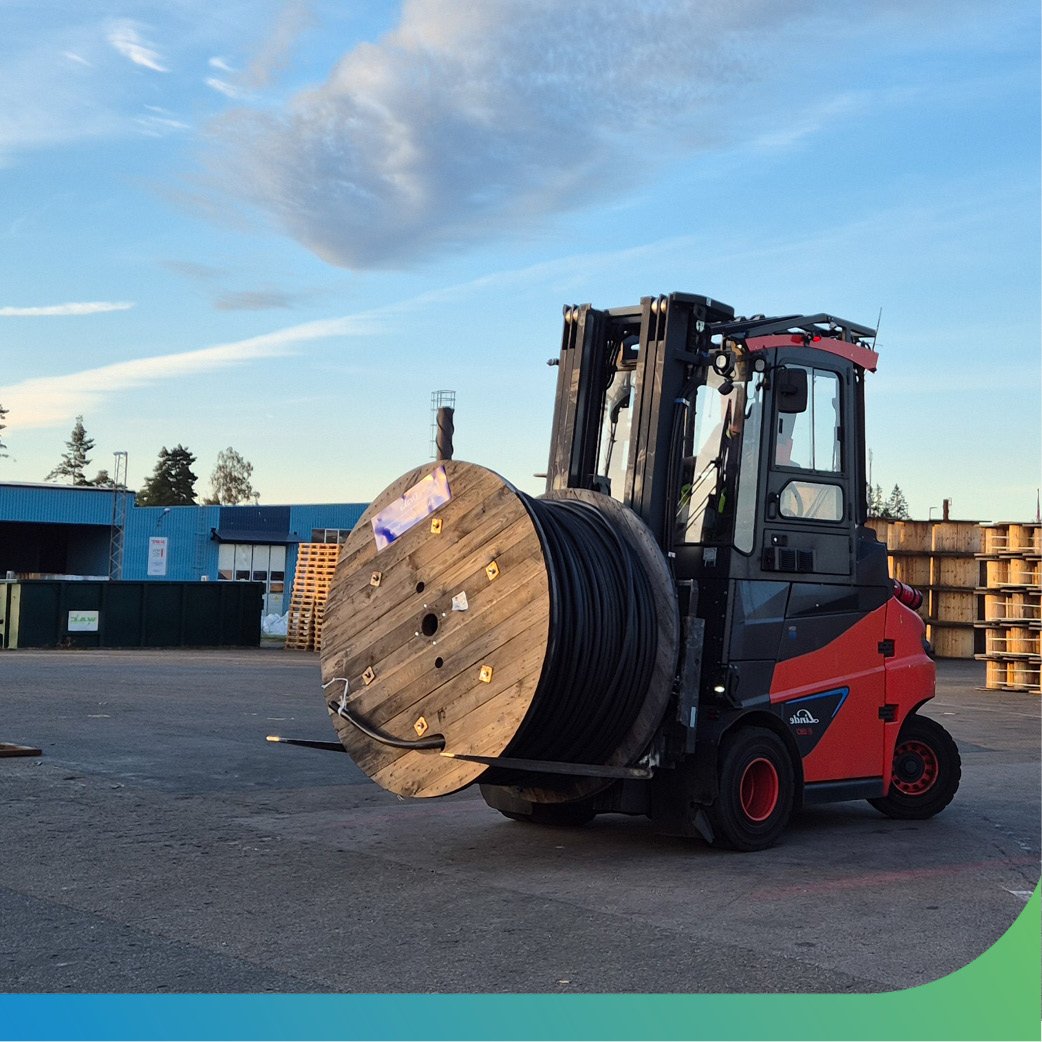
Truck Loading
The truck driver and the forklift driver must be jointly responsible for the loading of a truck so that no damage can occur to the cable, packaging or load carriers. The truck driver must actively participate during loading of the vehicle, ensuring that the number of packages on the vehicle corresponds to the waybill and that the loaded goods are without damage. If damage is discovered, the truck driver must report this to the forklift driver, who will take remedial action.
After the loading is completed, the driver must sign the fourth copy of the waybill, which is handed over to the forklift driver.

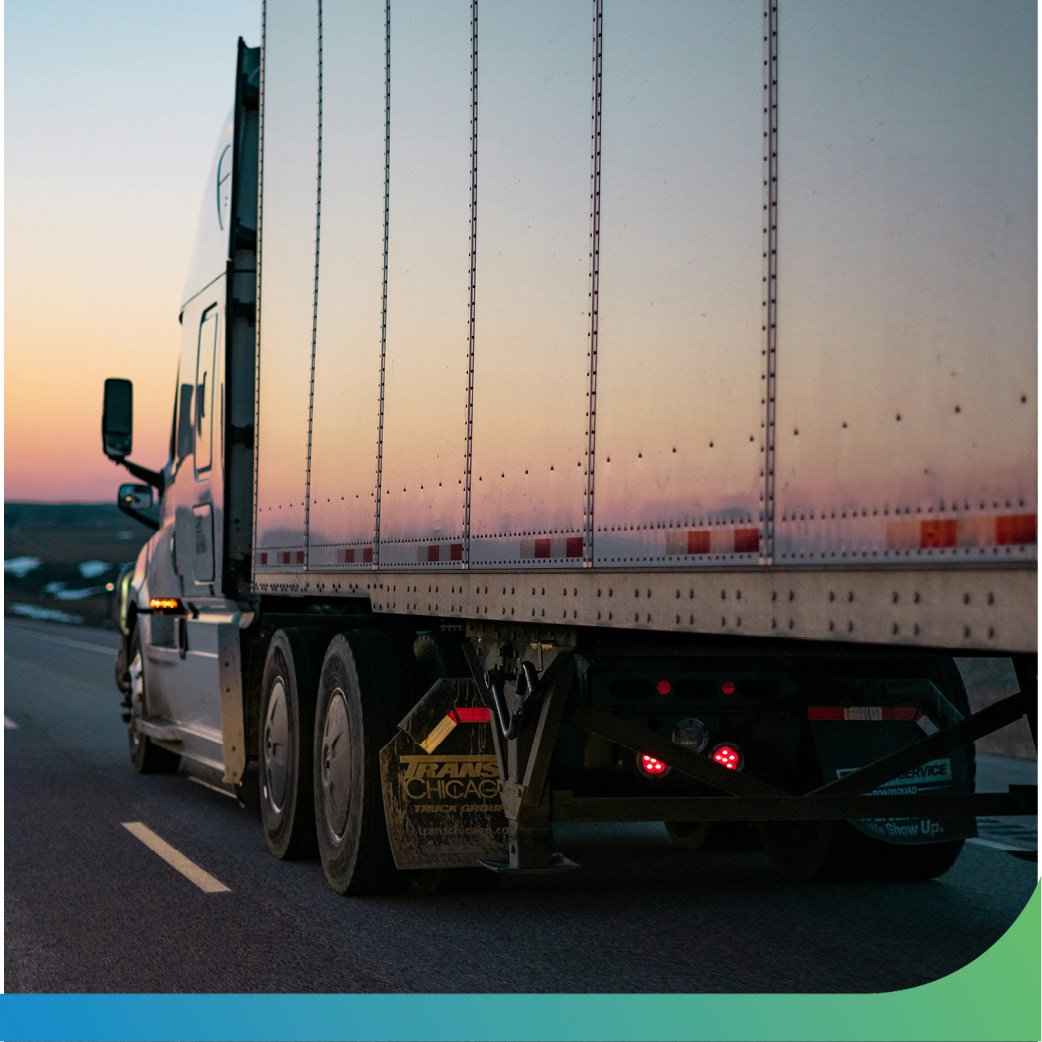
Transport
During transport, the load must be secured in a way that meets the Swedish Transport Safety Agency's regulations to guarantee road safety. Securing the load must be carried out by blocking and lashing, and it is the driver's responsibility that this is done correctly. Cable drums must not be rolled into each other so that the ends overlap and press against the cable. Cable drums are not allowed to be stacked vertically on top of each other.

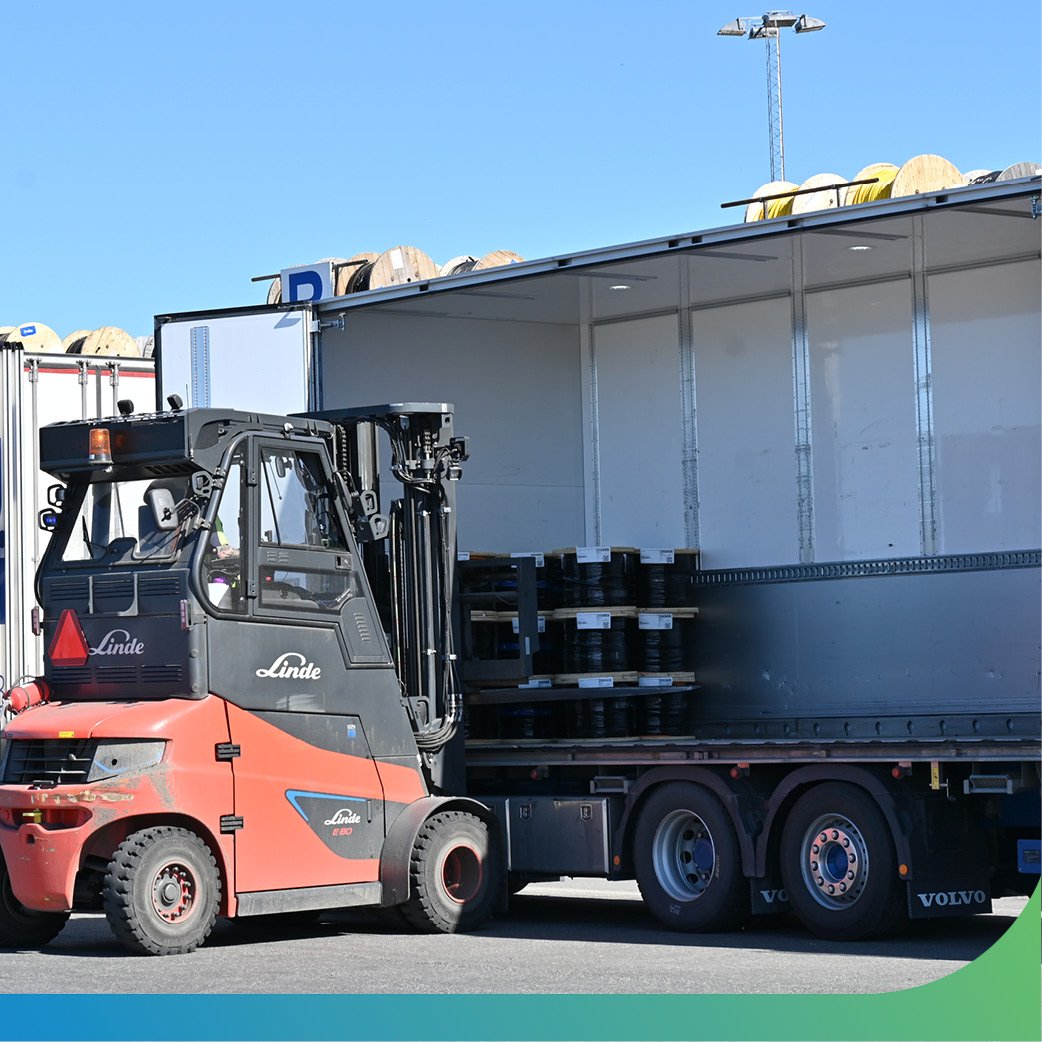
Unloading
During unloading, the consignee must take care that the goods are not at risk of damage and the number of packages matches the waybill. Damage that has been discovered during goods receipt must be noted immediately on the delivery note. Damage that is discovered after unloading may be reported no later than 7 days after receipt. In both cases, notification must be made to the transport company´s waybill, with a request for inspection.



